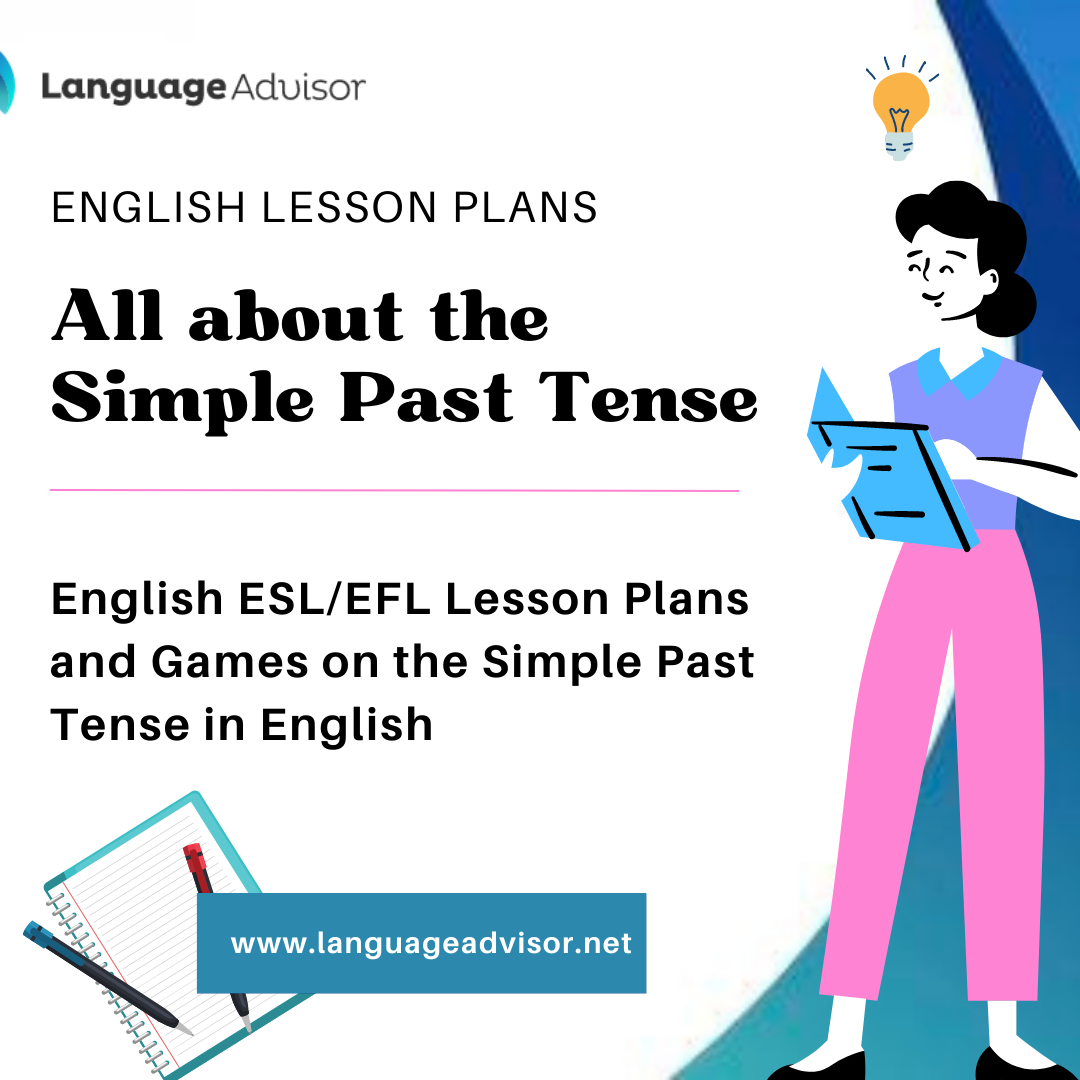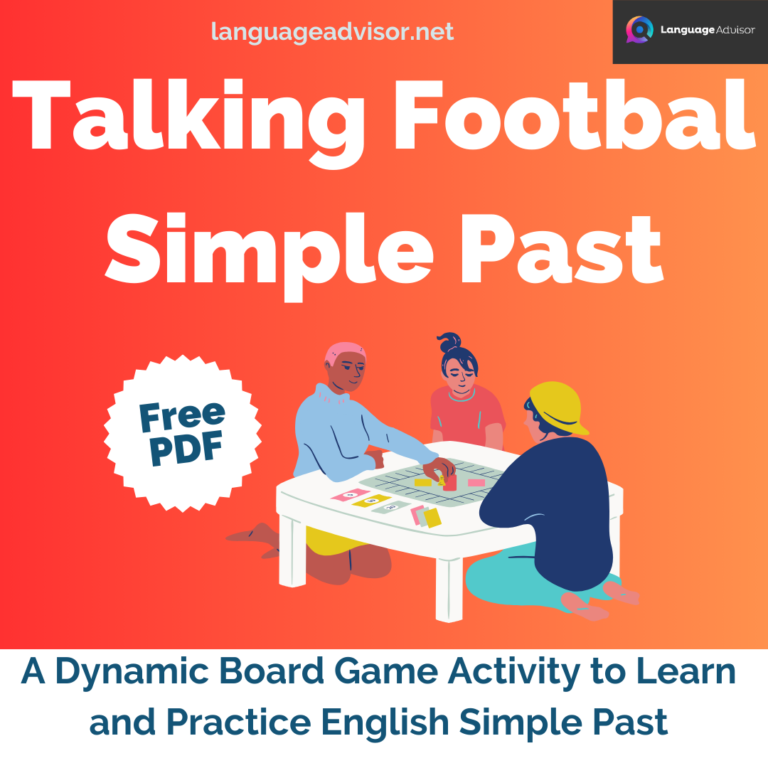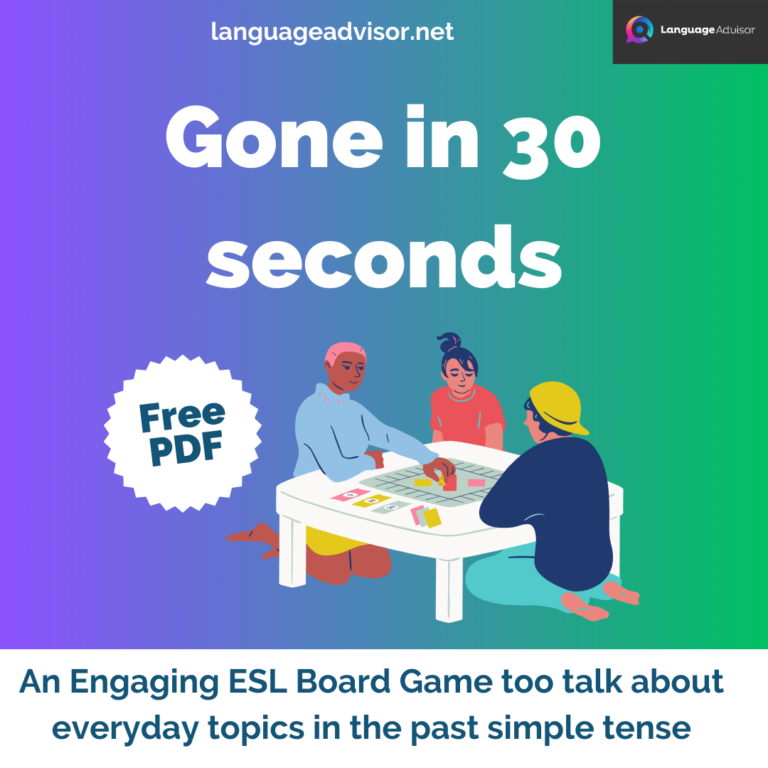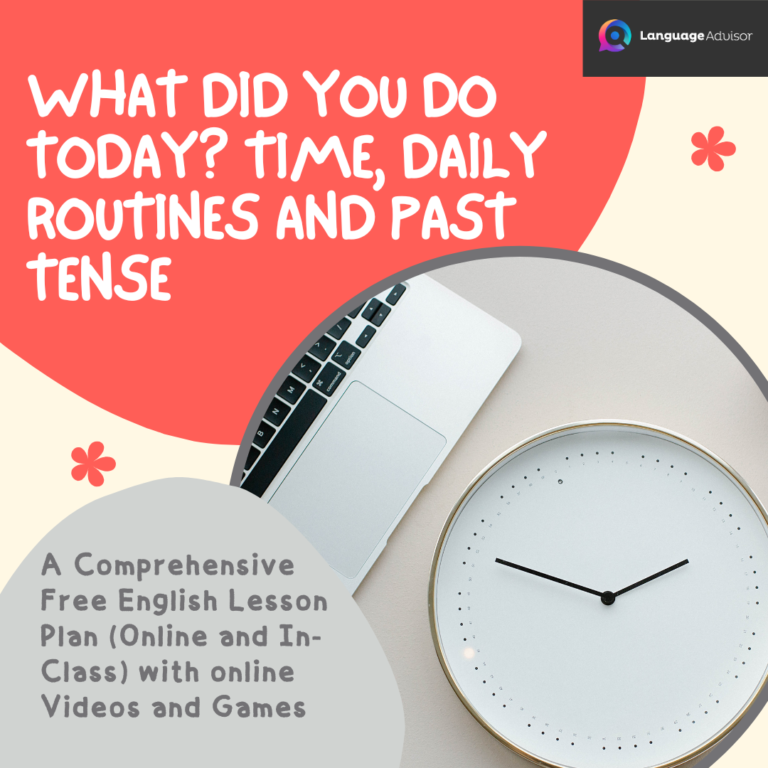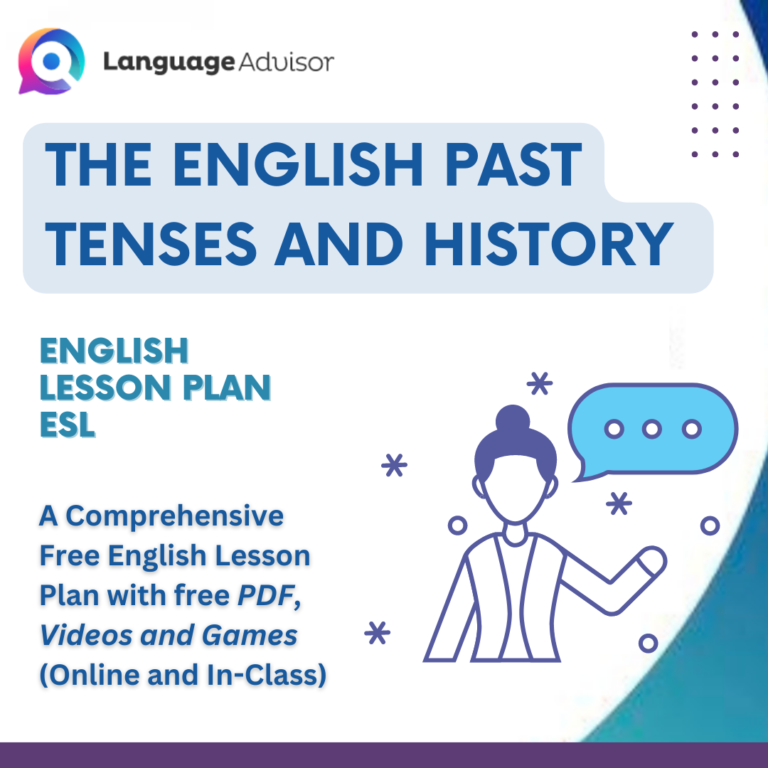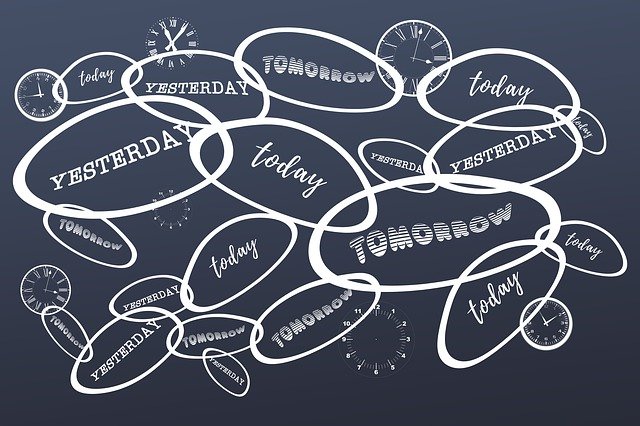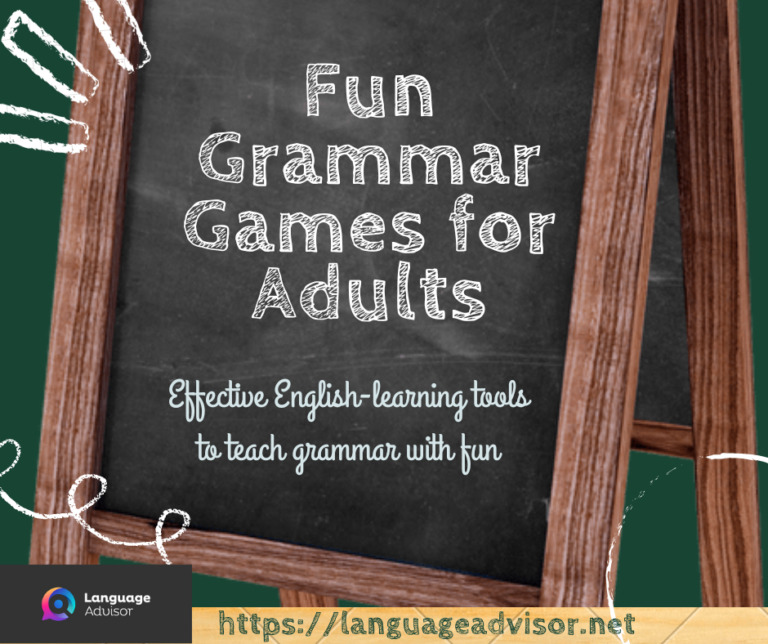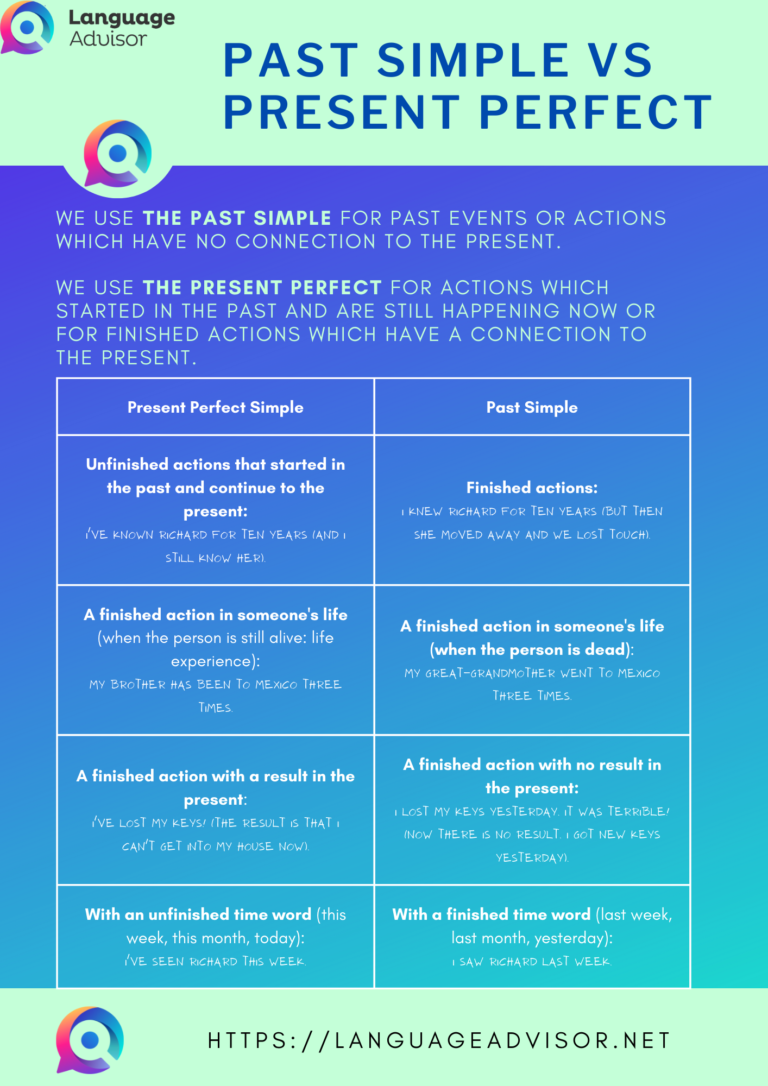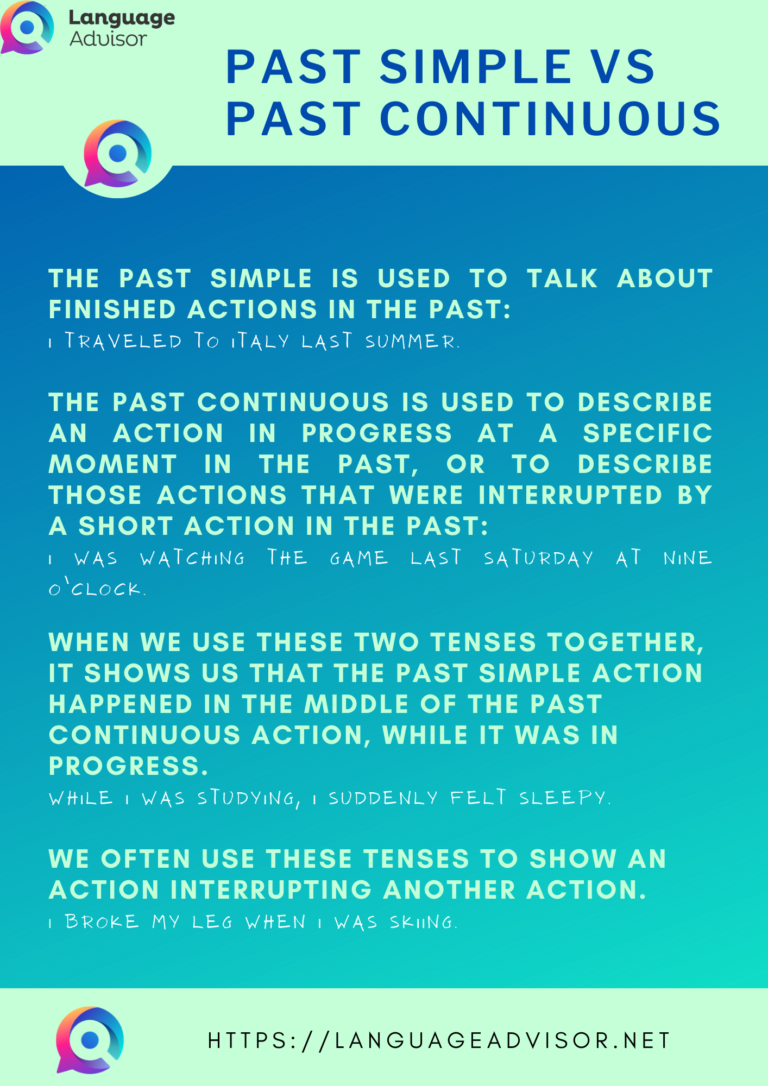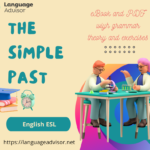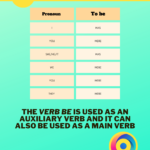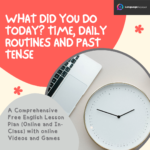All about the Simple Past Tense. English ESL/EFL Lesson Plans and Games on the Simple Past/Past Simple Tense in English
All about the Simple Past Tense

Lesson plans
Here you can find a wide range of full lesson plans to use in your classroom.
All of our lessons are designed around themes engaging and relevant to English ESL-EFL learners and can be used to complement your school curriculum, giving students an opportunity to develop their English language and skills in motivating and enjoyable ways.
These lesson plans focus on classroom games and activities oriented around meaningful practice of grammar items in English. The vast majority of the activities have been designed to be simple and easy to apply, without requiring much in the way of additional resources or materials. Wherever possible, games have been presented in a way that makes full use of any natural or genuine communicative aspects embodied in the grammar constructions, though while there is emphasis on understanding the grammar and its functional and communicative aspects, most of the games also highlight the importance of using the grammar accurately.
These lesson plans are intended as a starting point for teachers to adapt and build their own stock of in-class games and activities that can be applied relatively quickly and easily.

All about the Simple Past Tense
All about the Simple Past Tenset: Here are seven lesson plans on the All about the Simple Past Tense in English

Simple Past Tense
Objectives:
Have the students be able to understand the simple past tense, but also to retain the other tenses that have been introduced without confusing them.
Presentation:
– Define the Simple Past Tense:
– The simple past tense indicates that an activity or situation began and
ended at a particular time in the past.
– Draw the following illustration to help demonstrate your point:
Now
Past ——-X————-I——————– Future
– Give some examples of the simple past tense:
– Ex. I walked to school yesterday.
John lived in Milan when he was a baby.
She played volleyball yesterday.
Practice:
– Have the students be able to finish the sentences so that they form a sentence in the simple past tense.
1. I (go) ____ to the store yesterday.
2. She (hike) ____ up the mountain last week.
3. Last year we (drive) ____ to Osh.
4. I (work) ___ at a university last year.
5. Yesterday, it (rain) ____ .
6. He (sing) ____ in the competition.
7. We (laugh) ____ at the movie last night.
8. I (wait) ____ for the class all day yesterday.
9. The class (listen) ____ well last week.
10. The cat (run) ___ to the river.
Homework:
Have the students write 7 to 10 sentences about things they did over their summer holidays. Remind them that everything should be written in the simple past tense.

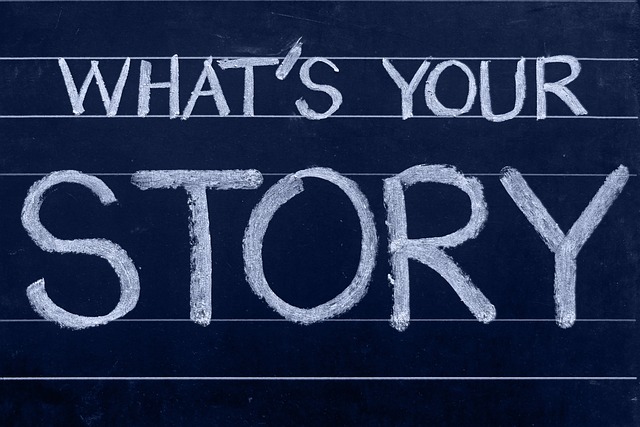
What was your job?
Objectives:
Expressing ‘state’ before ‘now’
Presentation/Practice:
This game requires students to try and apply basic occupations vocabulary with the verb ‘to be’ in the past.
Students basically pretend that they were alive at some time in the past.
First the teacher writes a list of occupations on the board, making sure they are general and universal enough to have been around both now and in the past. Each student is then given a piece of paper with the heading “200 years ago, I was…” Each student completes this sentence by choosing an occupation from the list. They then write a list of the other students’ names and make a guess at what occupation they might have been.
They write this as a full sentence using “I think (name) was…”. Each student then gets a chance to ask another student in the class, as per the following example:
Student 1:I think Milly was a scientist. Were you a scientist?
Student 6: No, I wasn’t.
Student 2: I think Geoff was a doctor. Were you a doctor?
Student 5: Yes, I was!
Student 3: I think Peter was a pirate. Were you a pirate?
Student 8: No, I wasn’t.
Note that students take turns to make a guess, and respond if asked, but they may also listen to exchanges between other pairs and adjust their guess list based on the details they are hearing.
The general objective is to eventually have every student’s guess list
correct, taking however many rounds of guessing necessary to complete this process


Dream Animals
Objectives:
Describing things from the past
Presentation/Practice:
This is a simple game called “dream animals”.
Tell the students that they are going to pretend that the night before they had a strange dream about a weird and wonderful animal. Their job as a class will be to ‘build’ this strange animal together. Two simple
activities to help set up the process could be to draw on the board a picture of a person in bed with a dream ‘bubble’ above the bed.
Next to that, a quick review of adjectives could take place where students brainstorm an assortment of adjectives and the teacher lists them on the board.
Students are then asked to add a feature to the dream each as per this pattern:
Student A: Last night I had a dream about a strange animal. It was big.
Student B: Last night I had a dream about a strange animal. It was scary.
Student C: Last night I had a dream about a strange animal. It was hairy.
Student D: Last night I had a dream about a strange animal. Its legs were green.
Student E: Last night I had a dream about a strange animal. Its eyes were pink.
Etc.
When every student has had a chance to add a characteristic to the animal, the students attempt to draw the animal the class created. It could be a good idea to place students in pairs or groups to do this, so that they can help each other and reapply the language to try and remember the features given.
Students or student teams could be allocated points according to the number of stated features they manage to incorporate into their final
pictures.
Note that the teacher him/herself needs to be able to recall the different features mentioned as well in order to be able to assess how well students have recalled them!
The game can be easily adapted according to the needs of classes of different proficiency levels. For example, a teacher might like to remove the “Last night I had a dream about a strange animal” lead in, though it needs to be pointed out that this lead-in phrase reinforces the context to which the language is being applied and also encourages pronoun usage for the antecedent “strange animal”.
It should also be OK for students to use sentences with “have” for body parts (for example “it had 27 eyes”).


Past Simple Quiz
Objective:
Applying regular past –ed endings
Presentation:
This is a simple quiz designed to raise students’ consciousness about regular past tense endings and their specific pronunciation according to the phonemic sounds at the end of the main verb (basically “-ed” can be pronounced /t/, /id/ or /d/).
Practice:
The teacher begins by asking students about various activities they did earlier or the day before, and as these are provided by students they are listed on the whiteboard in their base (uninflected) forms.
The teacher should continue eliciting verbs until there is a bank large enough to include several regular past tense forms covering the three variations in possible pronunciation for “ed”, including miming or hinting at more verbs when the students get stuck (note: it is probably a good idea for the teacher to make a quick list of basic verbs the students may know or need to know prior to the class).
When there is a large enough bank of verbs on the whiteboard, the teacher should circle the verbs that take a regular past tense ending, including students in the identification process if they have already
learned something about the difference between regular and irregular past tense verbs.
The teacher then quizzes each student in turn by stating a verb, which the student must then convert to a past tense form. After they have stated that, students then need to pronounce the ending sound in isolation:
Teacher: Listen.
Student A: Listened – “d”.
Teacher: Paint.
Student B: Painted – “id”
Teacher: Fry.
Student C: Fried – “d”.
Teacher: Laugh.
Student D: Laughed – “t”.
Teacher: Want.
Student E: Wanted – “id”.
Etc.
The game can be altered in a couple of ways to make it easier and/or incorporate the verbs into more meaningful sentences.
For example, the teacher could color-code the circling of the verbs on the whiteboard so that the colors correspond to one of the three
“ed” pronunciations. The teacher could mime or act out the actions, requiring students to make a statement about what the teacher did yesterday (for example, the teacher mimes listen, and the student says, ‘Yesterday you listened – “d”’).
To encourage a little more risk-taking, the teacher could also give second chances to students if they do not get the ending correct on the first try.


Past Simple Irregular Quiz
Objective:
Applying irregular past tense forms
Presentation/Practice:
This is basically the same as the previous game except that the emphasis this time is specifically on irregular past tense verb endings. It may not be a good idea to attempt any coding, however, as the rules for which past tense form used are highly intricate and it is perhaps better for students to try and remember irregular past tense forms directly from the root words.


Past Simple Regular and Irregular Quiz
Objective: Applying past tense forms
Presentation/Practice:
This works in essentially the same way as the previous 2 games, except
that in this case all/any verbs are listed on the board and students may be called on to convert any of them into past tense forms.
One way to organize and/or simplify this is to ask each student to convert two verbs, one of which is regular and one of which is irregular (though students may not know which is which, knowing that there will be one of each gives them a helpful start)


Yes/No Question
Objective: Past Tense for real life and Yes/No Question Forms
Presentation:
This activity forms an effective follow-up to both past tense and Yes/No Question formation instruction. It is valuable in facilitating use of past tense in application to real life contexts and also active Q&A amongst students.
Practice:
The teacher writes the following question on the board “What did you do yesterday?” Three slips of blank paper are then distributed to each student, on which they are required to write about three actions/activities they did the previous day.
They should do this silently and not show their papers to other students. The teacher then gathers up the papers and shuffles them so
that they are in random order, and then proceeds to write each statement on the board.
If a student has written a sentence incorrectly on a slip of paper, the teacher can correct it before writing it on the board (possibly an effective error correction technique which doesn’t draw attention to specific students).
While the teacher is writing, students copy each sentence down on a separate piece of paper so that the sentences form a long list.
Once all of the sentences have been copied down, it is the students’ job to find out which students did which activities. To find out, they will have to convert the sentences in the list to Yes/No Question forms and then begin asking random students. Every sentence in the list should end up with a student’s name beside it.
Note that it is likely that some or even many students may have indicated the same kinds of activities, which is fine because it provides meaningful repetition of statements that are meaningful for a majority of the students in the class.
The activity can be adapted slightly by having students write sentences twice (on separate slips of paper), one of which they retain and the other they hand to the teacher. This can be effective in showing students how the teacher corrects any mistakes they made, but they may also need the second slip of paper to remember what activities they selected once other students in the classroom commence asking them questions.
The activity can also be extended as a writing activity in which students summarize the findings by writing about what each student did the day before. Through this format, the students can also be
shown how to condense three sentences into one explaining three actions performed by a single person (for example, instead of “Jane wrote a letter. Jane drank some soda. Jane went to school”, students could be encouraged to summarize it as “Jane wrote a letter,
drank some soda, and went to school”).

All about the Simple Past Tense: Also Check out these resources on the Simple Past/Past Simple tense in English


